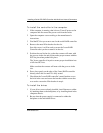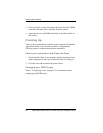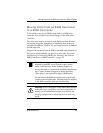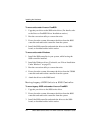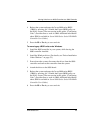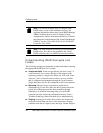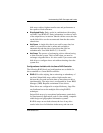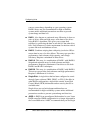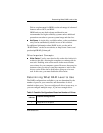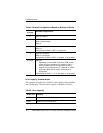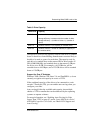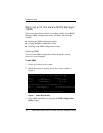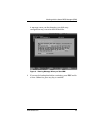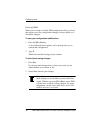
Understanding RAID Concepts and Levels
www.3ware.com 29
disk arrays achieve highest transfer rates and performance at
the expense of fault tolerance.
Distributed Parity. Parity works in combination with striping
on RAID 5 and RAID 50. Parity information is written to each
of the striped drives, in rotation. Should a failure occur, the data
on the failed drive can be reconstructed from the data on the
other drives.
Hot Spare. A single drive that is not used for user data, but
rather as an extra drive that is online and available to
automatically take the place of any drive that fails in a
redundant unit. Used with RAID 1, 5, 10 and 50.
Hot Swap. The process of exchanging a drive without having
to shut down the system. This is useful when you need to
exchange a degraded drive. It is also useful if you want to add
disk drives to configure into a unit without shutting down the
system first.
Configurations Available with the 3ware RAID Controller
The following RAID levels and configurations are available for
drives attached to a 3ware RAID controller:
RAID 0. Provides striping, but no mirroring or redundancy of
any kind. Striped disk arrays achieve high transfer rates
because they can read and write data on more than one drive
simultaneously. The stripe size is configurable in 3ware BIOS
Manager (3BM). Requires a minimum of two drives.
When drives are configured in a striped disk array, large files
are distributed across the multiple disks using RAID 0
techniques.
Striped disk arrays give exceptional performance, particularly
for data intensive applications such as video editing, computer-
aided design and geographical information systems.
RAID 0 arrays are not fault tolerant; the loss of any drive
results in the loss of all the data in that array, and can even



